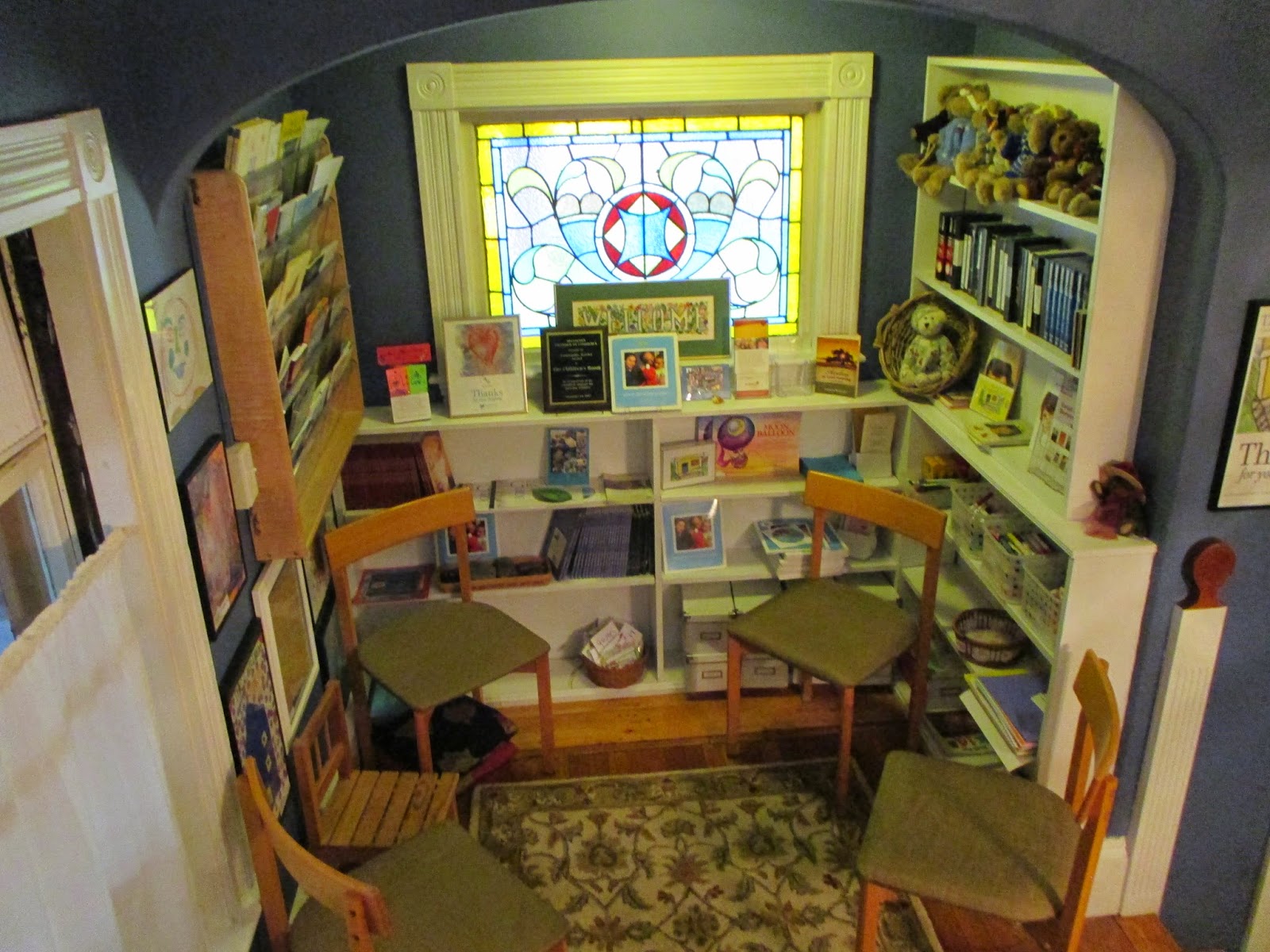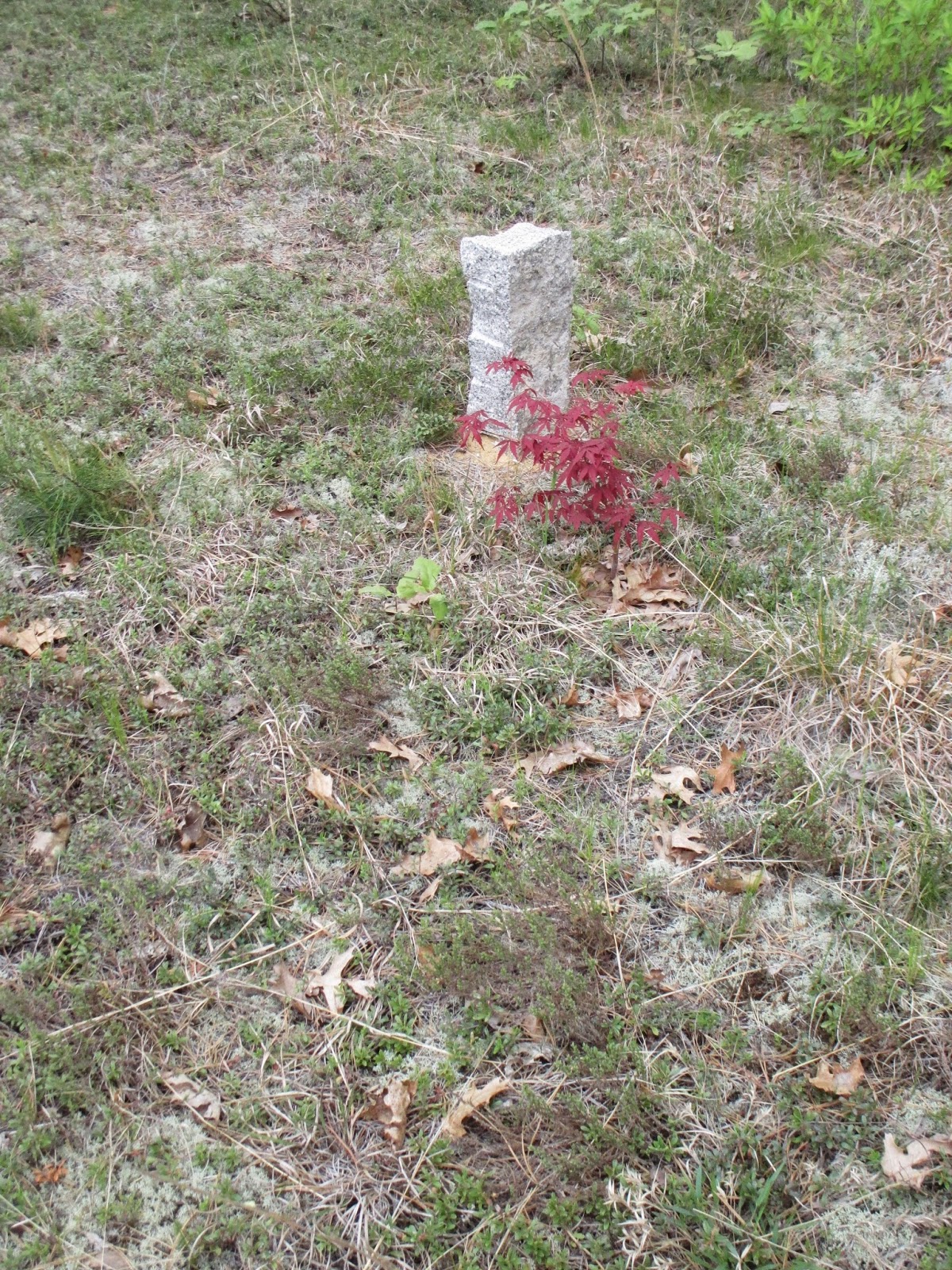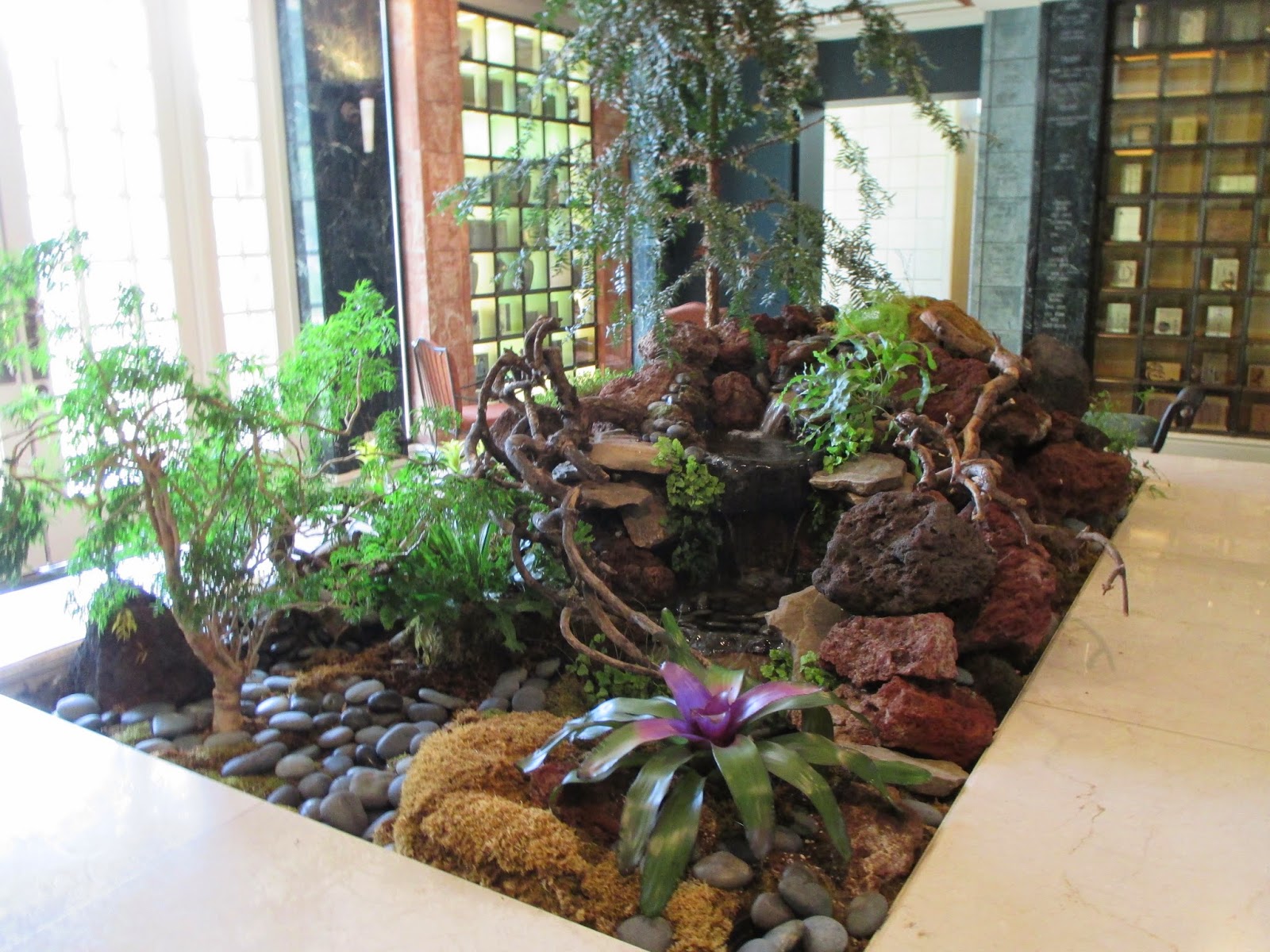Journey Journal... Arlington, Massachusetts
HOPE LIVES HERE
Where is there calm during the storm, amid the swirling sea of emotions and turbulent upheaval of a child submerged in the heartache of loss? Where is there rehabilitation for young souls broken by the incomprehensible impact of a loved one’s death?
It happens in a cheerfully appointed yellow house. Although The Children’s Room originally began as a room for this purpose, nowadays it comprises multiple rooms within a yellow-painted, vintage house on Massachusetts Avenue in the Boston suburb of Arlington. This non-profit organization provides grief support for children and teens between the ages of three and eighteen, along with their families.
Here, festering thoughts and feelings are released from imprisonment of silent rumination… where they can be safely verbalized and acknowledged… where non-verbal vehicles of expression permit their articulation and conveyance… where mindful clarity promotes healing.
Here, uncharted minds wandering aimlessly and alone in foreign territory are given a voice… to acquire a sense of direction for getting back on course… to learn the language of orientation in a transformed and bewildering environment… to gain stability within unfamiliar districts of an unforeseen destination.
This is where a legion of community thrives… where flourishing connections displace isolation… where perspectives are shared among others similarly thrust into a chasm of the ultimate deprivation… among those whose life ties have been severed by mortal endings… brought together in a milieu where disengagement due to vanished familial kinships yields to a fortifying convergence of kindred spirits.
This is where the agitation of death surrenders to peace.
The nature of the building in which this facility functions imparts a homey atmosphere. A first-floor gathering room invites relaxation. Family members congregate here before children separate for age-appropriate activities upstairs. Meanwhile, parents remain downstairs for engagement in support groups.
A reading nook adjacent to the front door is equipped with resources.
Upstairs, floor pillows in circular arrangements set the stage for verbal communication and interactive exercises among young participants. A Tibetan Singing Bowl is a central feature, used during group sessions as a signal to mark beginnings and endings. Sound from the vibrating rim of the bowl fades gradually, invoking an aura of quiet relaxation.
Trained professionals on staff implement targeted activities designed to stimulate expressions among participants. Methods of art, music, play, and poetry are among the tools employed to encourage exploration of feelings, acknowledgement of grief, sharing of memories, and attention to personal needs.
As one of the simplest signature items of childhood paraphernalia, a ball is accoutered with words to evoke responses. Each time it is tossed to someone, the recipient answers the question or completes the sentence written on the spots touched by one’s fingertips.
Perceived desertion predictably may invoke feelings of frustration, anger, and aggressive impulses. Such reactions can be safely channeled in a padded room dominated by a dangling punching bag.
Reposing in a corner, a non-judgmental teddy bear watches the action, primed and ready for hugging at any time.
Activities vary according to their relevance for particular age groups. A group of young children may tap a treasure trove of outfits for fantasy dressing up or may act out scenarios within the confines of a dollhouse. In typically adolescent style, teens can hang out on the third-floor, uppermost attic region of the house, away from intrusions of more juvenile influences.
Relevantly created words on cards are situated under a transparent overlay on a game table.
Artistic expressions are a pivotal part of healing initiatives in this setting. A room designated for such pursuits is well appointed with supplies.
Some pieces, individually constructed, become part of a collective project.
Even outdoors, tokens of loving memory adorn the property.
Scheduled tours of the building occur monthly in addition to arranged group visits. Fee-based workshops and topic-specific training sessions are available for professionals, as are individual consultations to address a particular child’s or family’s needs. The focus of an eight-week Parent Education Series deals with coping strategies for folks raising children while grieving. Individual family (adult) consultations can be arranged, too. An internship program enables undergraduate and graduate students to delve into the practical realities of facilitating grief support programs.
Though primary objectives are fulfilled on the premises, services also are provided beyond the boundaries of this building. Community presentations coupled with newspaper publications raise awareness. Through visits and phone contacts, information about resources and referrals is relayed to teachers and counselors who work with grieving children. Literature suggestions are noted on The Children’s Room website, as well as a regular newsletter. An annual three-mile “Memories Walk” engages participants who wear a T-shirt with the name of the personally significant loved one on the back of it; afterwards, there is a program with food and entertainment.
Collegial interaction at The Children’s Room is based on a model of peer support. Community volunteers provide a foundation of manpower as facilitators of support group sessions. They are prepared through a fee-based, six-week program of training, after which they may be selected and assigned to a group that is under the supervision of a staff member.
Volunteer opportunities extend beyond such core commitments, though. Individuals can contribute labor for a few hours during regularly scheduled Garden Volunteer Days, when the progressively developing landscape of their “Hope Grows Here” garden is tended. People may also be in a position to spread the word about the organization in public settings.
Fundraisers offer other options, as well, either by groups or through individual involvement. Bolstered by contributions, a cadre of staff members (as a “Miles and Memories Marathon Team) participates as runners in the Boston Marathon, each in memory of someone personally significant. Tribute and memorial gifting can be a meaningful gesture for financial support. Cars may be donated via the Donate For Charity website, identifying this venture as the chosen recipient of proceeds.
Monetary and material support is critical for operations. Primary services are provided at no cost, so reliance on contributions and supplemental sources of income is essential. Two thirds of income is generated by individual donations, complemented by funding for the additional third from foundations and corporations.
Certain types of tangible contributions are welcomed, as well. Businesses’ gift cards for food and household necessities are among them, as are art supplies, blank journals, and relevant library books.
Families tend to continue in the program as recipients of support for one to three years. After that, parents may maintain connections through the facility’s Parents Alumni Group. Sometimes the young people get on board again, especially as teen volunteers.
This place… this beacon of hope inspired by experiences of death, resonates with vigor. It is alive with color, works of art, cozy appointments, and flowering garden beds outdoors. Staffed by a cadre of professional bereavement specialists, it bespeaks possibilities… for comforting support, personal growth, and acclimation to loss. It is an impressive way to address depressing circumstances of youthful bereavement, engendering restoration of health and happiness.


















































